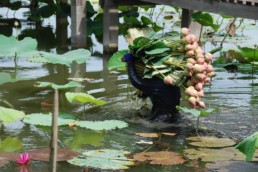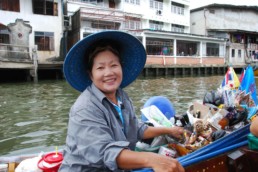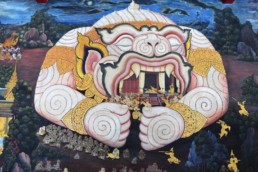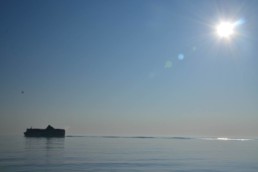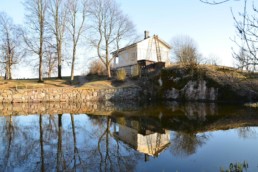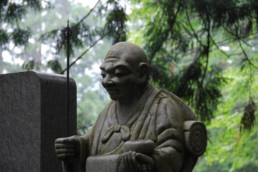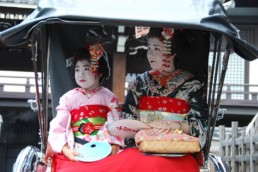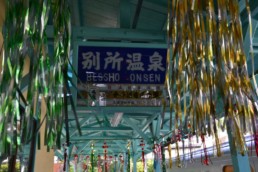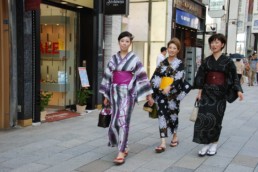The question has been in my mind for a few days: why is it that in the Nordic countries, the houses are mostly made of wood, and predominantly of the same dark red color.
WOOD
Wood is used to a great extent, first because obviously it is a natural resource which is available in huge quantities throughout the Nordic countries, but also and perhaps more importantly, because of its excellent insulation qualities. Better have a strong insulator to protect your home from the very low temperatures of the long and harsh winter!
The traditional Nordic house typically is of a small size, and of a rather plain and simple architecture. Floors and walls are made of concrete. The wood which covers the walls on the outside is painted with a mixture of oil and a powder of crushed stone. This unique paint makes a strong, resistant coating which provides a very effective protection for the wood. And because the paint does not penetrate but remains on the surface, the wood can breathe and so does not rotten over time. A very smart solution, indeed.
RED
The eponymous Nordic dark red color is called ‘’Falun red’’. The great mountain of Falun is a copper mine located in Sweden and which has been classified under UNESCO’s World Heritage program since 2001. In the middle of the 17th century, as much as 70% of the world production of copper came from Falun. Today, only a unique biocide red paint is made there and this ‘‘Falun red’’ paint covers the wooden buildings all over Sweden, the other Nordic countries of Norway and Finland, and the Baltic Republics as well.
MORE COLORS
Beyond the Falun red, there are some variations of color depending on the pigments which are added to the paint to get a darker or a lighter shade of red, or shades of ochre, or the zinc white which is used to paint the windows frames.
Today is April 20, 2014. In our insightful travel guide, we noticed an outdoor museum named Esti Vabaohumuuseum and located at Kopli Laht. This museum looks intriguing to us, and we decide to go and check it out.
EESTI VABAOHUMUUSEUM
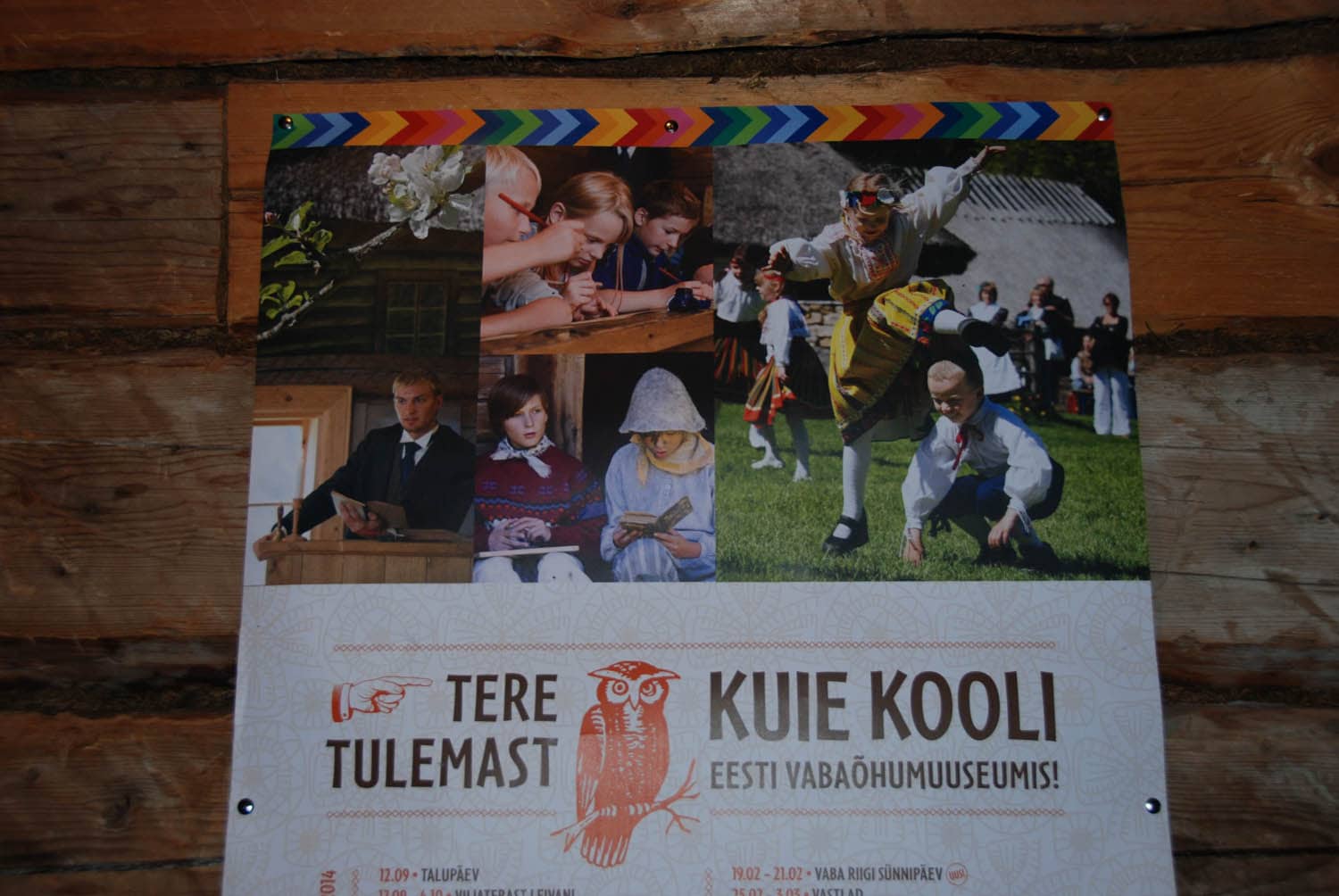
The museum is located about 10 kilometers away from the center of Tallinn, in the Bay of Kopli, which is a residential district. You can take the bus or the trolley to get there. But this morning, we are running a little bit out of time, as we hung around leisurely at Hotel Telegraaf over an excellent breakfast. Besides, we need to be back on time at 6:00 pm for our ferry ride back to Helsinki.
So we hop on a taxi waiting just outside the ramparts, and off we are on our way to the Esti Vabaohumuuseum. The fare turns out to be substantially more expensive than we expected. But it is too late now, we have arrived.
The outdoor museum reminds us of the Skansen outdoor museum in Stockholm which we talked about in a previous post (Look up ‘’A few days in Stockholm: Djurgarden, the island of wonders’’).
The museum spreads over a very large area along the sea, under pine trees. This ethnographic museum is a showcase of more than 70 buildings, organized in 11 villages representing the various regions of Estonia, and covering centuries of Estonian architectural history.
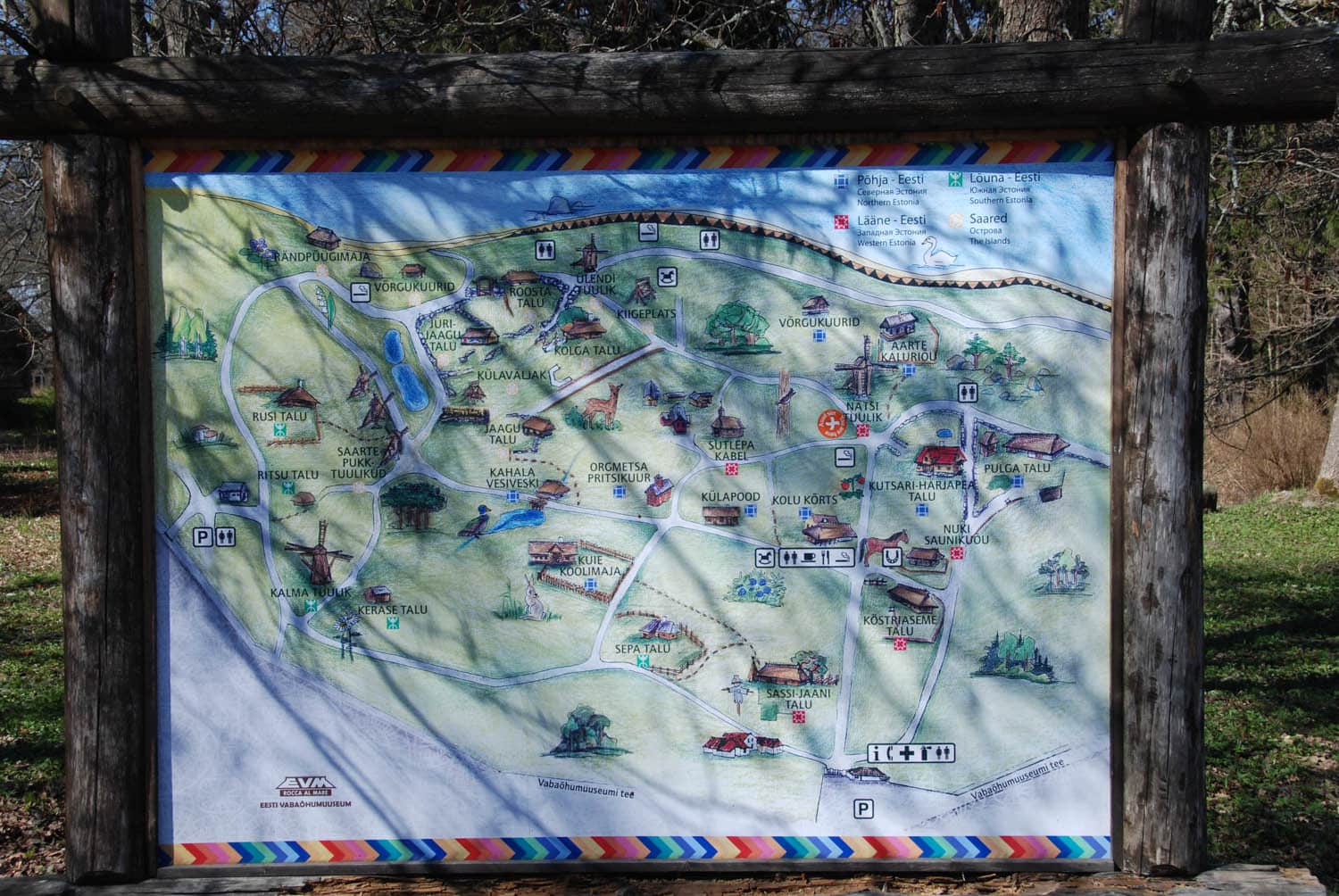
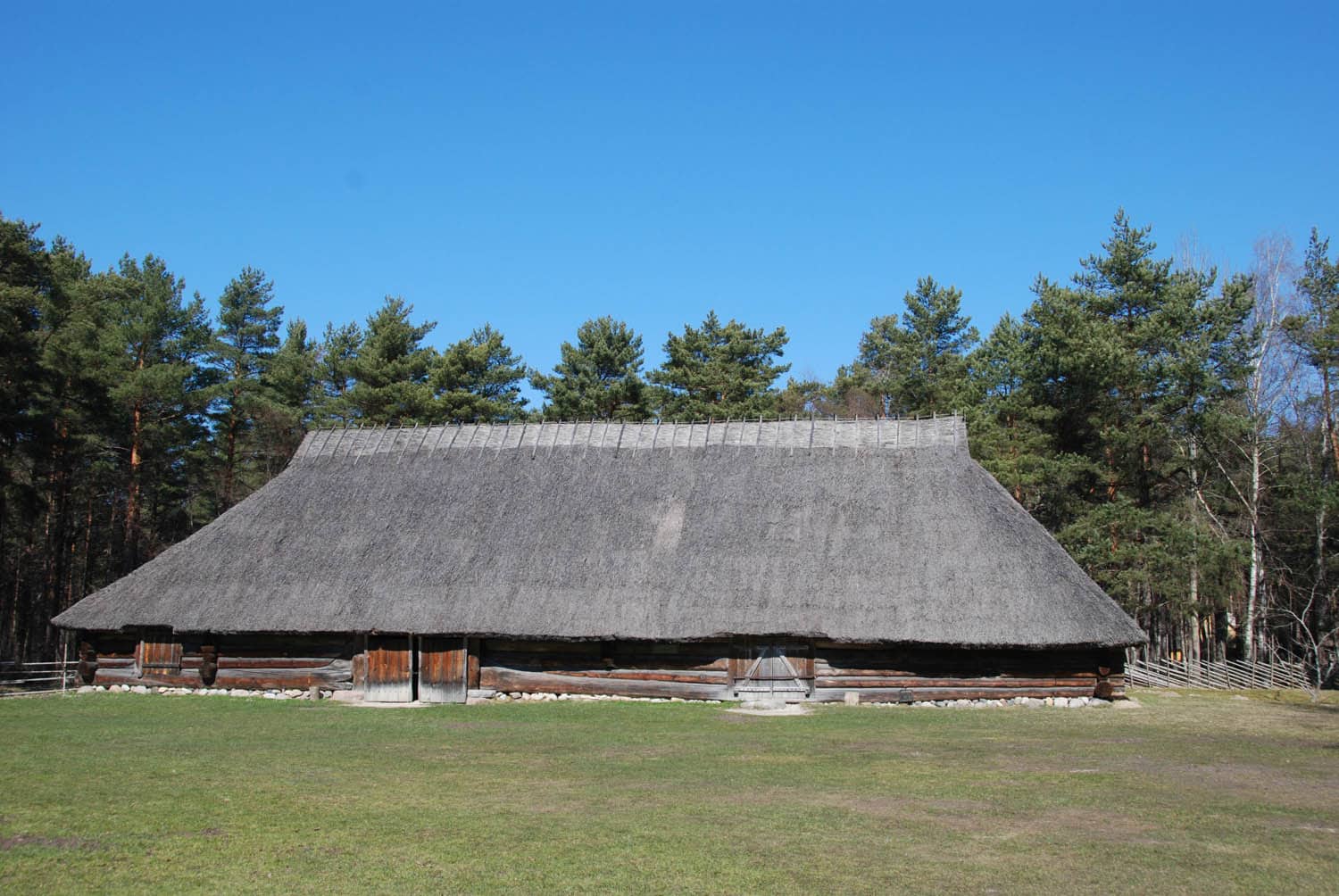
The buildings include houses, huts, farms, churches, schools, stores, workshops, fishing cabins, a windmill, a post office, a fire house, etc. These are not fake reproductions, but the authentic structures which were brought with great care from their original locations and reinstalled here exactly as they were.
You can enter in most buildings which have been decorated and furnished with furniture, objects, tools, artifacts, stoves, kitchen ware, etc., exactly like in the old times. People wearing traditional costumes welcome you, some cooking food, others playing music, others tending a store, all ready to provide explanations about the customs and habits of the time. As it is Easter weekend, many skits are related to Easter ceremonies.
In one house we get to taste some little snacks which have just been prepared. In another, a lady farmer is painting eggs which used to be a traditional gift for Easter. In a very old wooden church, a musician is playing the organ.
It is all really interesting.
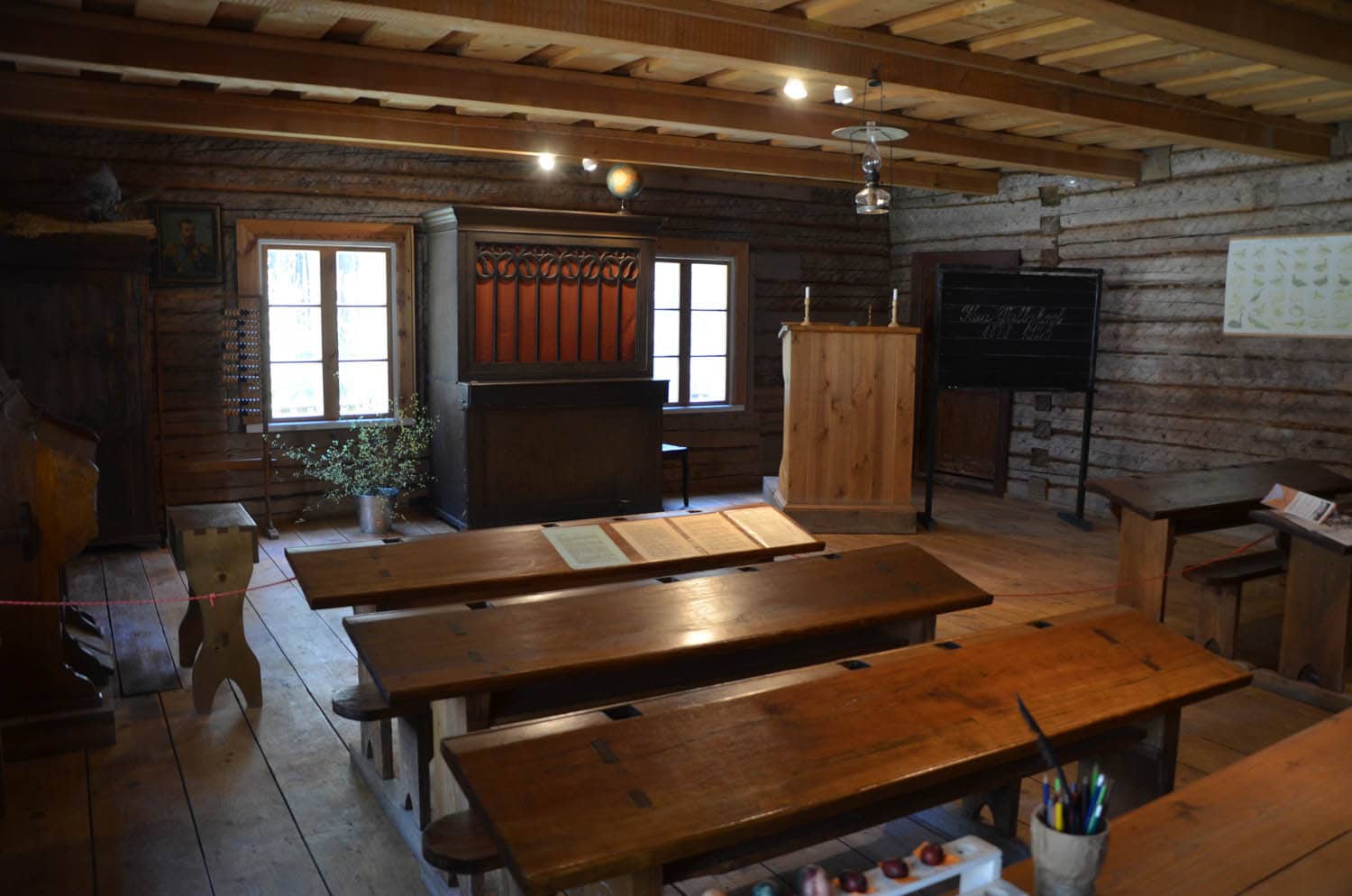
One store is particularly captivating, with a wide variety of objects on display: tools, fabrics, boxes, bottles, candies and chocolates, etc. on display. The store attendant takes meticulous care to wrap the small objects or sweets which the casual visitors purchase. She actually uses an authentic cash register, perhaps 100-years old.
We finish up our tour in a hurry with a visit of an old farm where some folks in costumes are singing traditional songs and playing the accordion.
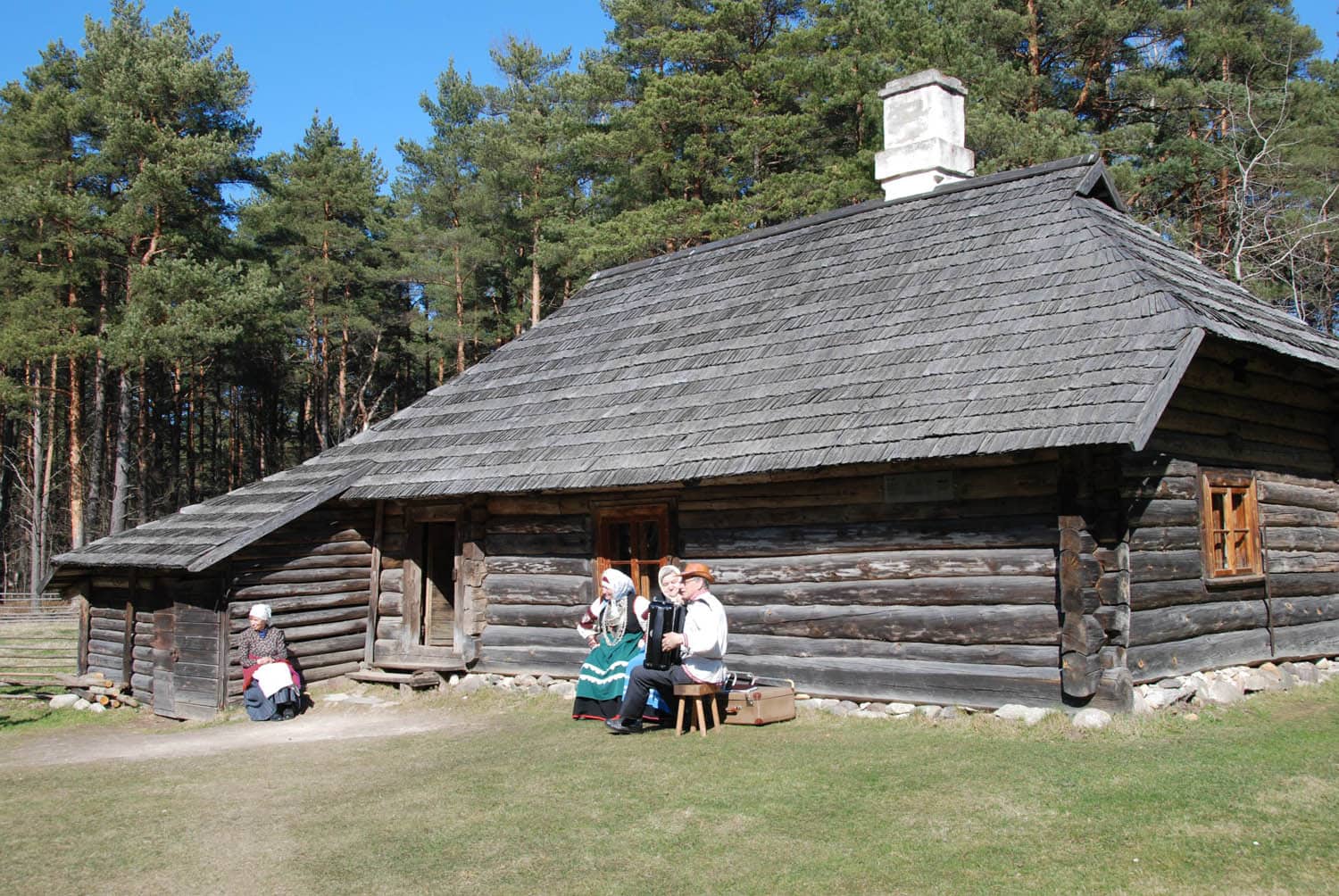
We have spent a good amount of time in this outdoor museum which is really interesting and fun, yet we have only seen a small part of the place. There is so much to discover here, one could easily spend an entire day and not be bored for one minute.


















